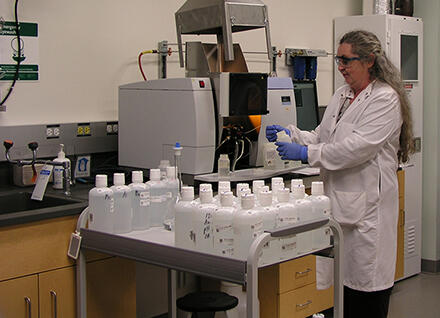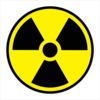
The Vermont Department of Health Laboratory provides chemical, radiological and microbiological tests for swim and agricultural water contamination, radon in air and water, emergency responses, Vermont Yankee monitoring, and for other public health-related activities.
Environmental testing available to the public includes bacteria testing for swim and irrigation water, and radon in air and water testing.
Bacteria testing for swim and agricultural water counts the numbers of E. coli present. E. coli can cause diarrhea, urinary tract infections, respiratory illness, pneumonia, and other illnesses. E. coli bacterium comes from human or animal waste.


